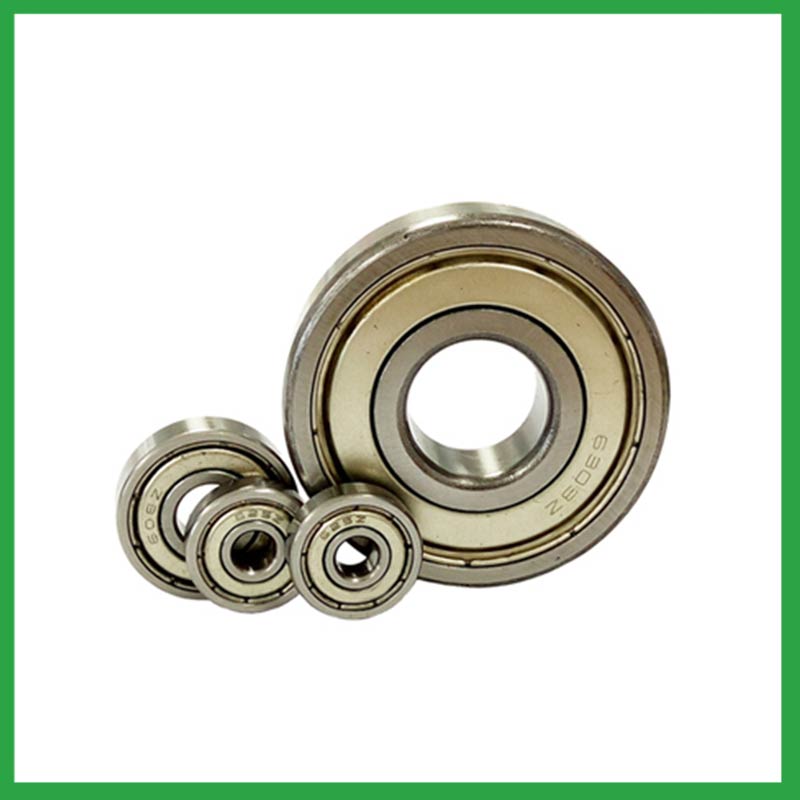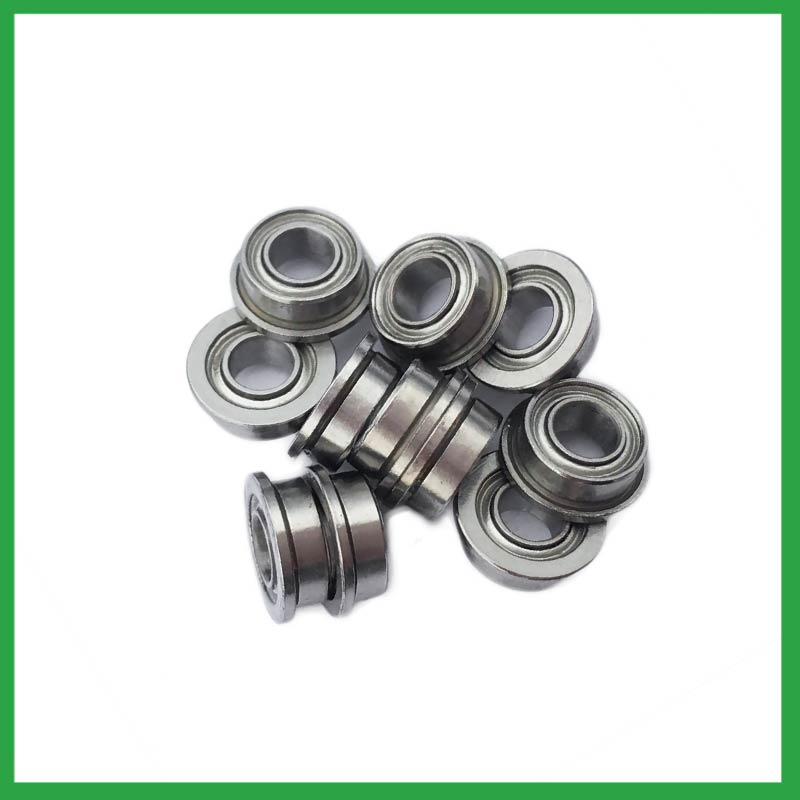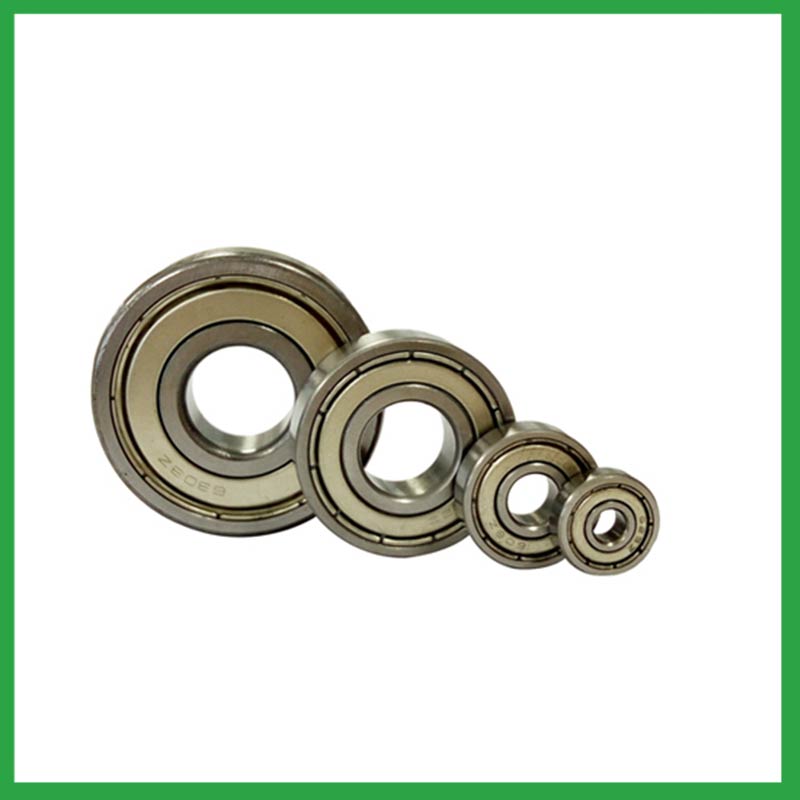PRODUCTS
CONTACT US
Ningbo Nide International Co., Ltd.
一一
· Contact person:Jack Zeng
· Mob/Whatspp/WeChat:0086-13738869026
· Email:emarketing@nide-group.com;marketing4@nide-group.com
· Add:No. 169, Wohushan Road, Daqi Subdistrict, Beilun District, Ningbo, China

Nide team could manufacture ball bearing as per customer’s drawing and samples.
If customer only has samples, we could also design drawing fo r our customer.
We also provide customized service.
Our ball bearing is widely applied the different industrials.
Established in 2010, Ningbo Haishu Nide International is a company devoted in the field of electric motors manufacturing, providing one-stop service for its customers. Nide has three main business divisions. The first division is to provide different kinds of motor manufacturing machinery, including stand along machine, fully-auto complete line for armature and stator production, and the motor assembly line. The second division is to supply the full range of thermal protector,carbon brush,motor cover and lamination,insulation paper,shaft,magnet,commutator,etc. The third division is to provide technical support and consulting, project support and turn-key service for some motor manufacturing.

| Parameter | Information |
| Product Name | ball joint bearing press |
| Brand Name | Nide |
| Place of Origin | Ningbo,Zhejiang |
| Type | Ball |
| Material | ceramics, etc. |
| Sample | Avaible |
| Warranty | 3months-1year |
| Lubrication | Dry/ Oil |
| Application | small rotary motors,high-speed electric tools, etc. |
| Port | Ningbo/Shanghai |
| Size(mm) | customize |
| Export Country | Argentina,Brazil,South Korea,Antigua and Barbuda,Navassa Island,Belgium,Maldives,Montserrat...etc |
| Export region | Asia,Europe,Oceania... |
| Certification | ISO 9001 Certification,CE-stator coil winding machine,CE-stator coil winding inserting machine,etc |
| Precision Rating | as per customer's requirement |
| Feature | Strong carrying capacity,High speed...etc |
| Packaging Details | Suitable for sea transportation |
| Color | white+customized |
| Seals Type | Rubber seals |
| Service | Prompt Delivery |
| Supply Ability | 100000-500000 Piece/Pieces per Month |
| Lead time (days) | 15-20 (To be negotiated) |
Please note: The above table data is for reference only. For specific information, please contact us.
ball joint bearing press have the advantages of low friction coefficient,high efficiency,lightweight,compactness, and high load, and are used in main motion mechanisms and components, such as resistors,automotive drive components,tires, different motion mechanisms and accessories of airplanes and motorcycles.
Before use, the model, size, and design of the ball bearing should be confirmed to ensure suitable application;
During installation, the installation load of the ball bearing should be minimized as much as possible to avoid unnecessary damage;
The bearing shaft and the bearing frame should be stable at the same time to avoid excessive tension.
Ball bearings have many advantages, making them highly competitive in the market.
Firstly, they are very durable and have good wear performance, making their service life longer than many other types of bearings.
Secondly, they are easy to install and can provide low friction performance in various applications.
Thirdly, they require a relatively low level of maintenance, making them cost-effective.
In addition, compared to many other types of bearings, their purchase cost is relatively low, making them an economical choice.




ball joint bearing press---FAQs Guide
2.What is the production capacity of the factory for ball joint bearing press?
3.Where can ball joint bearing press be used?
4.What is the role of ball joint bearing press in reducing friction and energy loss in rotating machinery?
5.How do preload adjustments in ball joint bearing press affect their performance and suitability for high-precision tasks?
6.What is a ball bearing?
7.Can ball joint bearing press operate in high-temperature environments like industrial ovens or furnaces, and how are they protected from heat-related damage?
8.How do preloaded ball joint bearing press enhance rigidity and reduce clearance in high-precision applications?
9.What is the typical noise level associated with ball joint bearing press, and how are noise-reduction techniques applied?
10.What is the role of ball joint bearing press in reducing friction and wear in automotive applications, such as wheel hubs and transmissions?
11.As a ball joint bearing press manufacturer,Your product certifications?
12.What are the considerations for choosing between open, shielded, or sealed ball joint bearing press in specific applications?
13.How do manufacturers address concerns related to bearing noise and vibration in sensitive equipment?
14.Can ball joint bearing press be customized with special coatings or treatments to meet specific industry standards or regulatory requirements?
1.Can ball joint bearing press be used in vacuum or cleanroom environments, and what measures are taken to prevent outgassing or contamination?
Bearings specify stainless steel for vacuum or cleanroom applications as stainless steels used for the rings, balls and retainer exhibit low outgassing. They usually supply open or shielded stainless steel bearings as vacuum bearings as these will outgas less than a nitrile rubber sealed bearing.
2.What is the production capacity of the factory for ball joint bearing press?
The production capacity of Ningbo Haishu Nide International is:50000000pcs/month
3.Where can ball joint bearing press be used?
ball joint bearing press are very versatile. They can be designed to withstand radial loads, axial loads and combined radial/axial loads at various operating speeds. These characteristics, combined with the relative cost and compactness of the design, give it universal appeal within the industry. Ball bearings are widely used in electric motors, gear reducers and pumps. Serving the automotive, home appliances, aerospace, oil and gas drilling, and mining sectors.
4.What is the role of ball joint bearing press in reducing friction and energy loss in rotating machinery?
ball joint bearing press reduce friction by using smooth balls lubricated with oil or grease that freely roll between a smooth inner and outer surface. The main concept of the ball bearing is that objects that roll past each other produce less friction than if the objects were sliding against each other.
5.How do preload adjustments in ball joint bearing press affect their performance and suitability for high-precision tasks?
Benefits of Preloading a Bearing
Optimizes the ball spin to roll ratio.
Increases the rigidity of an application.
Protects from excessive ball skidding.
Decreases application vibration and sliding friction.
High running accuracy (even if load conditions keep changing)
Increases bearing load capacity.

6.What is a ball bearing?
A ball bearing is a type of rolling-element bearing that uses balls to maintain the separation between the bearing races.
The purpose of a ball bearing is to reduce rotational friction and support radial and axial loads. It achieves this by using at least two races to contain the balls and transmit the loads through the balls. In most applications, one race is stationary and the other is attached to the rotating assembly (e.g., a hub or shaft). As one of the bearing races rotates it causes the balls to rotate as well. Because the balls are rolling they have a much lower coefficient of friction than if two flat surfaces were sliding against each other.
Ball bearings tend to have lower load capacity for their size than other kinds of rolling-element bearings due to the smaller contact area between the balls and races. However, they can tolerate some misalignment of the inner and outer races.
7.Can ball joint bearing press operate in high-temperature environments like industrial ovens or furnaces, and how are they protected from heat-related damage?
ball joint bearing press are capable of working at temperatures up to +842°F (+450 °C). Special lubricants, seals and coatings make this possible by protecting the ball bearings from heat damage.
8.How do preloaded ball joint bearing press enhance rigidity and reduce clearance in high-precision applications?
Enhance Rigidity: By applying a controlled axial force, preload increases the bearing's resistance to external forces and moments. This heightened rigidity is essential in applications where any deflection or misalignment must be minimized, such as in machine tools or robotic systems.
9.What is the typical noise level associated with ball joint bearing press, and how are noise-reduction techniques applied?
To measure in accurate way the ball joint bearing press noise under rotation during their manufacturing process is a key activity particularly in the production of medium, small and ultra-small deep groove ball bearings. This capability in bearings noise analysis has become the real distinguishing element between a standard bearings noise equipment and a superior class one.
The various types of vibration and sound in rolling bearings can be grouped in four main categories: structural, manufacturing, handling and other. The structural vibration consists mostly of race, click, squeal and cage noise: it can be continuous or intermittent depending on specific cases. The manufacturing vibration is instead related to the waviness noise generated by the geometrical imperfections of inner and outer ring and of rolling elements, being always continuous in nature. The so-called handling vibration is normally associated with flaw and contamination and is generating – in most of the cases – irregular noise. Then there are other types of vibrabition that include noise generated by sealing and lubricant (irregular) or by runout (continuous).
10.What is the role of ball joint bearing press in reducing friction and wear in automotive applications, such as wheel hubs and transmissions?
When a load is applied to a ball bearing, the ball joint bearing press roll freely between the inner and outer rings. This rolling action significantly reduces friction compared to sliding contact, resulting in smoother rotation and reduced wear.

11.As a ball joint bearing press manufacturer,Your product certifications?
ISO9001:2015 certificate,ISO 9001 Certification,CE-stator,etc.
12.What are the considerations for choosing between open, shielded, or sealed ball joint bearing press in specific applications?
While sealed bearings offer superior protection and maintenance advantages, shielded ball joint bearing press can be more suitable in situations where minimal friction and operating temperature are crucial. It's essential to assess the operational environment and demands before making a selection.
13.How do manufacturers address concerns related to bearing noise and vibration in sensitive equipment?
From a ball joint bearing press manufacturing perspective, a low noise or vibration rating is achieved by paying attention to the surface finish of the raceways and balls, their roundness, and selecting the correct cage design. Finely filtered low noise greases can also be used to reduce vibrations.
14.Can ball joint bearing press be customized with special coatings or treatments to meet specific industry standards or regulatory requirements?
Yes, ball joint bearing press can be customized with special coatings or treatments to meet specific industry standards or regulatory requirements.
1. Corrosion-resistant coatings: These coatings are used to protect the bearings from corrosion caused by exposure to moisture, chemicals, and other corrosive substances.
2. High-temperature coatings: These coatings are used to improve the thermal stability and performance of bearings in high-temperature environments.
3. Food-grade coatings: These coatings are specially designed for applications in the food and beverage industry, where bearings come into contact with food, beverage, or pharmaceutical products.
4. Anti-static and non-conductive coatings: These coatings are used to dissipate static electricity, which can cause damage to electronic components.
5. Specialized lubrication treatments: Bearings can be treated with specialized lubricants that meet specific industry standards or regulatory requirements.

